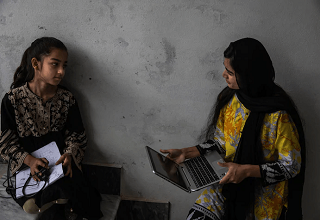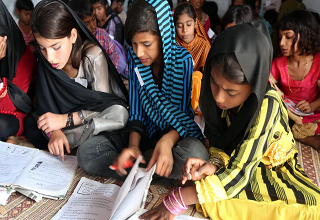Home School Project
We Provide Education
To Deprived People At Home
Kids that home school without a curriculum have a lot of extra time, but they are often incredibly busy. One of the reasons is that they engage in undertakings that are multifaceted, and require a lot of time and focus, and even come back to it later to continue to work on the project.
Mostly, it happens in their mind: thinking about how things are going to happen, what needs to come next, visualizing, estimating, weighing in the variables, compensating and concluding. As kids get older project-based learning takes a shape that resembles actual project management, but it is better if they start early so they gain familiarity and learn a lot about themselves in the process.
Project-based learning for the younger ages is child-led, there are activities that we refer to as projects here but for kids is more like another form of play. It is this connection with play that will lead kids to continue to engage in projects and thus learn through project-based activities. A project starts with an idea. Identifying the steps and completing those steps to develop a final product from the initial idea is the Project.
A project can be taken on by one person but may need others with different skills to complete the project. Depending on how complex or ambitious the project, it may require more people or can be done by just one kid. Often, projects need a leader.
Some Activities from HELP Home School Program






 |
HELP Home School Program Objectives
|
Current & Future Aspects of HELP Home School Program
Kids that love art exhibiting their work and even selling their work is a great way to getting their artwork out there, seeing how people react to their work and sharing their art with other people is a big part of being an artist.
- Kids are always making up games, so even though this sounds ambitions games are not hard for kids to design.
- Kids love Treasure Hunts. They love to engage in the searching, having one clue lead them to the next and finding treasure.
- Think about the logistics! Prepare the list of guests and make the invitations
- Decorate your room. Figuring out where to move the furniture, where to put the bed, the mirror, the bedside table or the desk.
